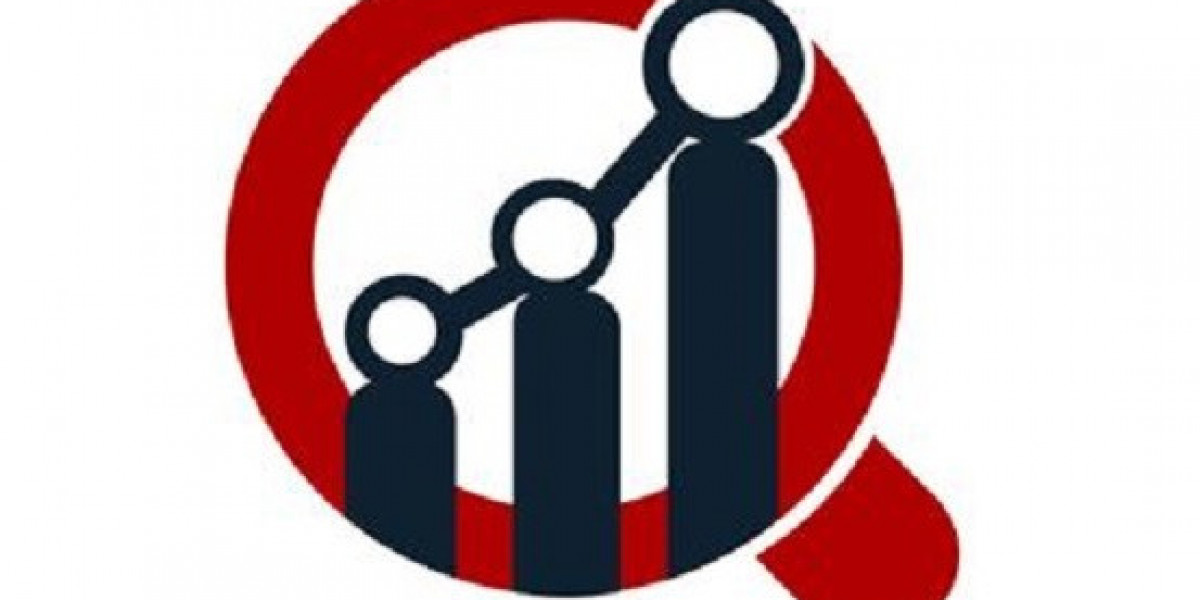Renal Dialysis in the U.S.: Managing Kidney Failure with Innovation and Accessibility
May 2025 — United States — With over 800,000 Americans living with end-stage renal disease (ESRD), renal dialysis has become a cornerstone of life-sustaining treatment in the U.S. healthcare system. As the number of patients continues to rise, driven by diabetes, hypertension, and aging, the focus is shifting toward improved technologies, home-based care, and value-based models that prioritize patient outcomes.
What Is Renal Dialysis?
Renal dialysis is a medical treatment that performs the function of the kidneys when they are no longer able to work properly. The process removes waste, excess fluid, and toxins from the blood. There are two primary types:
Hemodialysis (HD): Blood is filtered through a dialyzer machine outside the body, typically 3 times per week in a dialysis center or at home.
Peritoneal Dialysis (PD): Uses the lining of the abdomen (peritoneum) to filter blood inside the body, usually performed at home, often overnight.
Scope of the Challenge
According to the Centers for Medicare & Medicaid Services (CMS), more than 70% of ESRD patients in the U.S. are treated with hemodialysis.
Medicare spends over $50 billion annually on kidney disease, with dialysis consuming a large portion of this expenditure.
Diabetes and hypertension are the leading causes of kidney failure, with increasing prevalence among younger demographics.
Innovations in Renal Dialysis
1. ? Home Dialysis Growth
There is a significant federal push—especially under the Advancing American Kidney Health initiative—to move more patients toward home dialysis. Benefits include:
Greater independence and comfort
Improved quality of life
Lower infection rates and fewer hospitalizations
2. ? Portable and Wearable Dialysis Devices
Emerging technologies are introducing lightweight, mobile dialysis units, such as:
Outset Medical’s Tablo System – FDA-cleared for home and hospital use
Wearable artificial kidneys (in development) – aim to offer dialysis on the go
3. ? Artificial Intelligence & Remote Monitoring
AI is being used to predict complications like fluid overload or access site infections. Telehealth platforms allow clinicians to monitor patients remotely and adjust treatment in real time.
4. ? Biotech and Regenerative Research
Scientists are exploring bioengineered kidneys and implantable artificial organs, though these remain in clinical trial stages.
Policy and Payment Landscape
The U.S. government has implemented several changes to improve kidney care access and affordability:
ESRD Treatment Choices (ETC) Model: Encourages dialysis providers to increase home treatment and kidney transplants.
Medicare Part B covers dialysis services, but cost-sharing still places a financial burden on patients.
Several states are pushing for better coverage of home training and supplies, as well as nutritional and mental health support for dialysis patients.
Leading Providers in the U.S.
DaVita Inc. – One of the largest dialysis providers, operating thousands of outpatient centers
Fresenius Medical Care – A global leader offering both in-center and home dialysis services
Satellite Healthcare – Known for its nonprofit model and patient-focused programs
Outset Medical – Innovating with home-friendly dialysis technology
Challenges to Address
⚖️ Health Disparities: Minority and low-income communities face higher rates of ESRD and more limited access to home dialysis.
⚠️ Workforce Shortages: There’s a growing need for trained nephrology nurses and technicians, especially in rural areas.
? Financial Barriers: While Medicare covers dialysis, many patients struggle with co-pays, medication costs, and transportation.
The Future of Renal Care
The ultimate goal remains to reduce the need for dialysis altogether by improving prevention, early intervention, and access to kidney transplants. Until then, the U.S. dialysis sector is expected to grow steadily, with emphasis on:
Personalized care plans
Home-first approaches
Technology-integrated delivery models
Final Thought
Renal dialysis is not just a treatment—it's a lifeline. As the U.S. continues to innovate and reimagine how kidney failure is managed, the focus must stay on empowering patients, closing gaps in care, and delivering solutions that improve both survival and quality of life.








